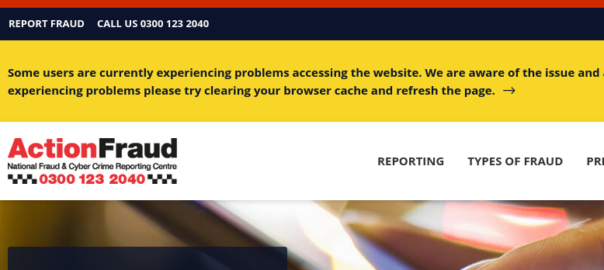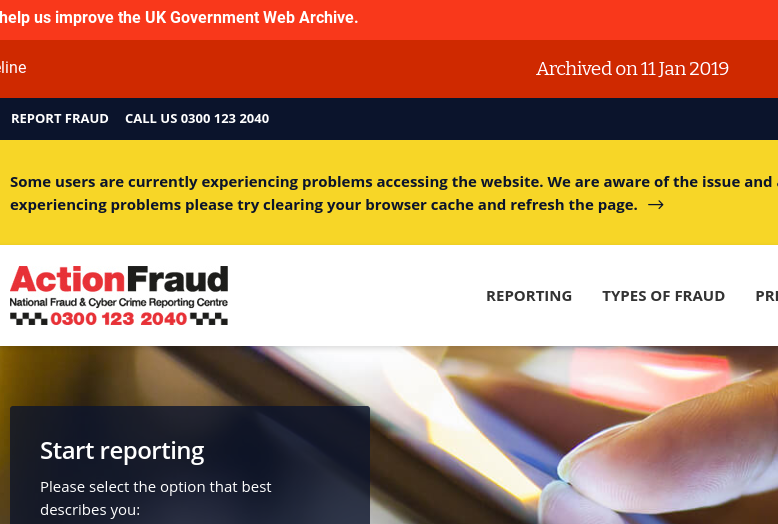Talking Trojan: Analyzing an Industry-Wide Disclosure tells the story of what happened after we discovered the Trojan Source vulnerability, which broke almost all computer languages, and the Bad Characters vulnerability, which broke almost all large NLP tools. This provided a unique opportunity to measure software maintenance in action. Who patched quickly, reluctantly, or not at all? Who paid bug bounties, and who dodged liability? What parts of the disclosure ecosystem work well, which are limping along, and which are broken?
Security papers typically describe a vulnerability but say little about how it was disclosed and patched. And while disclosing one vulnerability to a single vendor can be hard enough, modern supply chains multiply the number of affected parties leading to an exponential increase in the complexity of the disclosure. One vendor will want an in-house web form, another will use an outsourced bug bounty platform, still others will prefer emails, and *nix OS maintainers will use a very particular PGP mailing list. Governments sort-of want to assist with disclosures but prefer to use yet another platform. Many open-source projects lack an embargoed disclosure process, but it is often in the interest of commercial operating system maintainers to write embargoed patches – if you can get hold of the right people.
A vulnerability that affected many different products at the same time and in similar ways gave us a unique chance to observe the finite-impulse response of this whole complex system. Our observations reveal a number of weaknesses, such as a potentially dangerous misalignment of incentives between commercially sponsored bug bounty programs and multi-vendor coordinated disclosure platforms. We suggest tangible changes that could strengthen coordinated disclosure globally.
We also hope to inspire other researchers to publish the mechanics of individual disclosures, so that we can continue to measure and improve the critical ecosystem on which we rely as our main defense against growing supply chain threats. In the meantime, our paper can be found here, and will appear in SCORED ‘22 this November.




